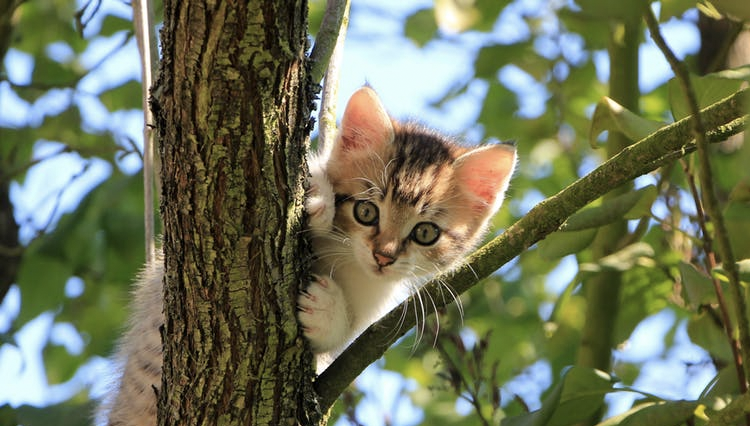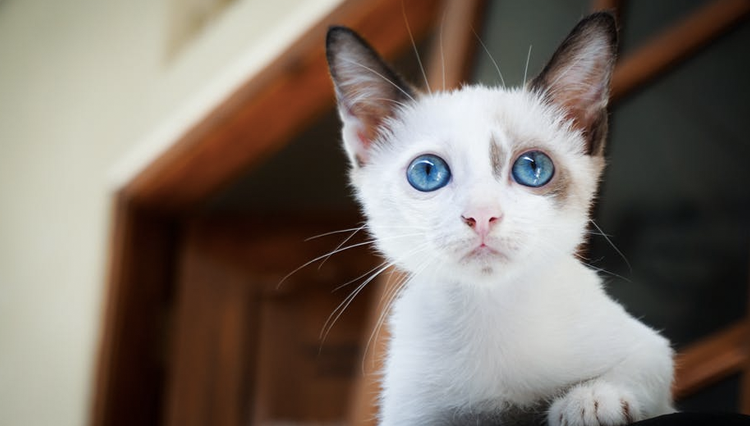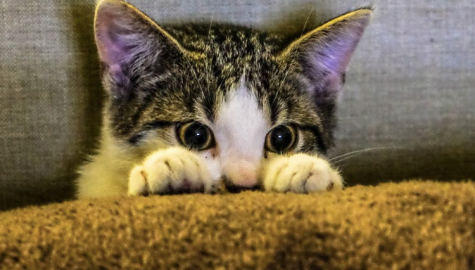Who doesn’t love the angelic face of a kitten? These sweet furry balls of energy have such a charming personality as well. It is such a temptation to just pick a kitten and bring them home. In fact, that is what most people do when they see a stray kitten. But is it the right thing to do?
Ideally a kitten should stay with their mother and littermates until they are ready to start a new life with a new family. An important question to ask is what is an ideal age for a kitten to leave its mother and littermates? To understand this, first you need to be aware of the stages of kittenhood.
Stages of kittenhood
A kitten has to undergo three stages of development right from their birth till 16 weeks of age. The following are the stages.
- Neonatal stage – This stage is from birth to 2 weeks of age. The kitten is on its mother’s feed. By day 14 their eyes open and they begin to walk to explore their environment. But they are yet to learn to groom themselves. The mother and her brood must be given good care in a warm and secure environment. There should be very minimal handling of the kittens by the human caregivers.
- Early socialisation – This stage is from 3 to 8 weeks of age. The kitten starts eating solid food and learns the necessary social skills that are essential for survival. They learn to control their body functions and to use the litter box. They become more curious and they start climbing and running. A kitten is also capable of complex learning at this stage. At this stage, the human caregiver should start handling the kitten regularly and reward them with praise, treats or toys whenever they show friendly behaviour to humans and other animals. The caregiver must slowly start exposing them to new experiences that will further equip them to handle themselves better in a new environment.
- Late socialisation – This stage is from 9 to 16 weeks of age. The kitten is now capable of eating a complete solid food meal. They will continue to learn and practice social skills and social play. They start to become more adventurous in exploring their environment. The human caregiver must help them to explore the environment and enhance their social skills in a safe manner.
As you can observe from the above-mentioned stages, it is highly recommended that a kitten stays with their mother and littermates till they are 8 weeks of age before they are brought to their new home.
As the period of socialisation is from 3 to 8 weeks of age, it is best if the mother and her brood stay together along with an appropriate human interaction. If cats are not handled by humans from 2 to 9 weeks of age, then they will have poor interactions with humans and need a lot of training for them to learn to be comfortably handled by humans.
Kitten and kids
Bringing a kitten to a household with kids must be done once the kids are taught to handle them gently and kindly. Just like kittens’ small children tend to be experimental and may treat kittens as toys to play with hence the kittens might get frightened and may even turn aggressive.
The first thing to do when you bring home a kitten is to visit the vet to ensure they are healthy and to involve your children in taking care of them.











